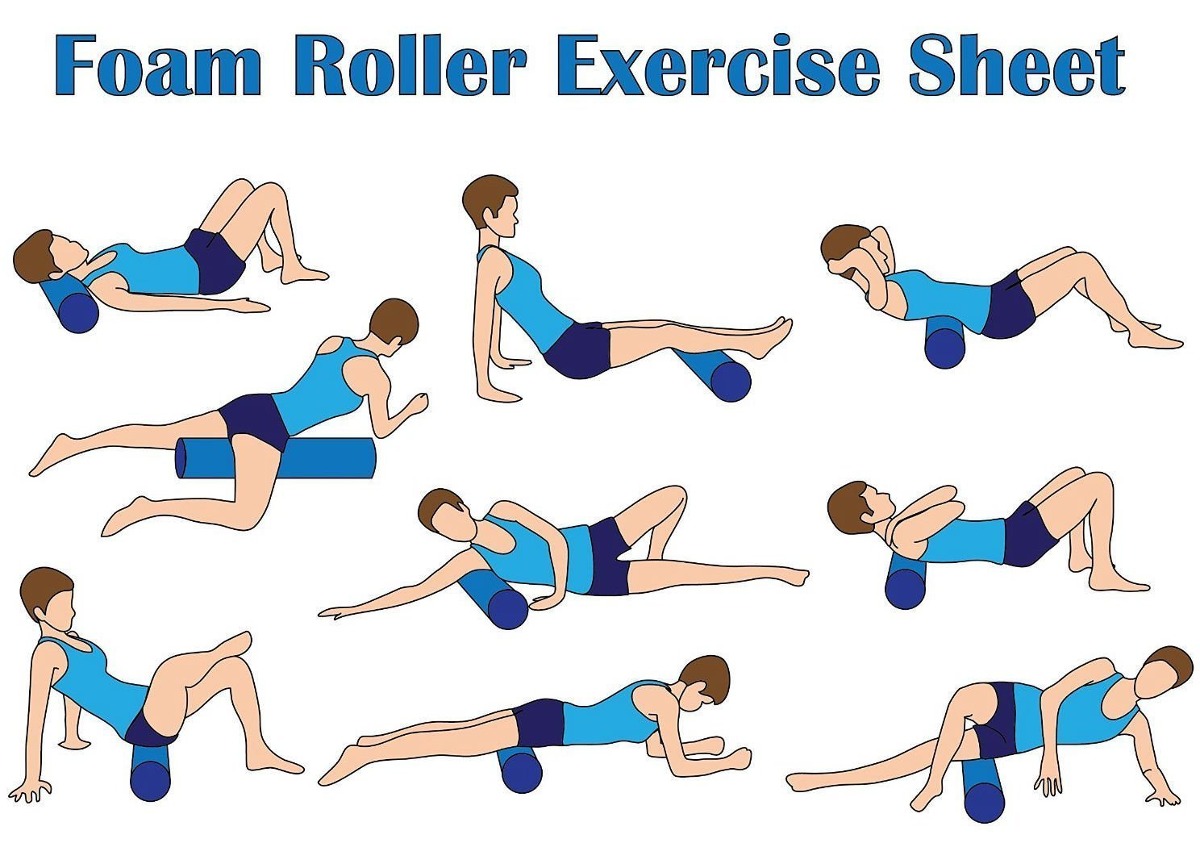
How It Works
The superficial fascia is a soft connective tissue located just below the skin. It wraps and connects the muscles, bones, nerves and blood vessels of the body. Together, muscle and fascia make up what is called the myofascia system. For various reasons including disuse, not enough stretching, or injuries, the fascia and the underlying muscle tissue can become stuck together. This is called an adhesion and it results in restricted muscle movement. It also causes pain, soreness and reduced flexibility or range of motion.
Myofascial release is a body work technique in which a practitioner uses gentle, sustained pressure on the soft tissues while applying traction to the fascia. This technique results in softening and lengthening (release) of the fascia and breaking down scar tissue or adhesions between skin, muscles and bones.
Myofascial release has also been shown to relieve various muscle and joint pains such as IT band syndrome and shin splints as well as improving flexibility and range of motion.
Foam rollers are inexpensive and with a bit of experimentation you can target just about any muscle group. The latest style of foam roller, the Grid Foam Roller, has a unique design and construction that provides a more targeted trigger point self massage.
Benefits of Foam Rolling
Fascia is a band or sheath of connective tissue investing, supporting, or binding together internal organs or parts of the body.
Foam rolling offers the same benefits of an intense sports massage without the huge price tag. You want to kill the foam roller or masseuse at the time and you moan and groan, but afterward, you usually feel like a million bucks.
The foam roller not only helps to stretch muscles and tendons, but its digs deep down into those hard to reach areas and helps to break down soft tissue and scar tissue. Using your own body weight on the cylindrical foal roller enables one to perform self-massage, myofascial release, break up trigger points, soothe tight fascia, and increase blood flow and circulation throughout the body. For more intense self massage, try using a lacrosse ball, golf ball, or rolling out on a barbell.
1. Helps You Relieve Stress
Had a hard day? Foam rolling away the knots can help you de-stress at the end of a tough day—just like a massage would. That’s because when you release your knots and sore spots, the tension built up in your connective tissue releases and leaves you feeling less stressed.
2. Improves Blood Circulation
One benefit of foam rolling is increased blood circulation. Healthy blood flow is necessary for healthy tissue and organ function because it permits the continuous exchange of nutrients and waste in the cells, and the stimulation of fluid through the lymphatic system, an important part of your immune system.
A study published in the Journal of Strength & Conditioning Research found that the mechanical effect of the firmly applied pressure and movement used in foam rolling can improve the function of your arteries. And according to Lower Extremity Review, the stimulation of the nerve receptors causes the blood vessels to dilate by reflex action, assisting in blood flow.
3. Accelerates Lactic Acid Return to the Body
During prolonged and strenuous exercise, the body builds up what’s called lactic acid. Lactic acid buildup is often associated with cramps and the beginning stages of fatigue, especially after strenuous exercise. Though the body producing lactic acid is a medium between aerobic and anaerobic energy consumption and can absorb lactic acid on its own, foam rolling can help accelerate the body’s breakdown of lactic acid post-workout.
4. Post Injury Tissue Mobility
The concept of tissue mobility is of even greater importance after injury because new layers of fascia are laid down as scar tissue. If this tissue isn’t broken up, mobilized, and properly aligned, it can cause problems in the future. Even if you had an injury a while ago (months to years) it can still creep up on you and cause problems. They might have never have completely resolved or properly rehabilitated an old injury, but never traced their current issues back to that injury.
Scar tissue from past injuries will inhibit normal tissue mobility and function. You might be able to continue running because the body will compensate, but there are underlying issues of tissue mobility that might affect you down the line in your training.
If you are running (or doing any sort of exercise) on a regular basis, it’s important to keep muscles and fascia healthy and mobile. It might help prevent some of those injuries that pop up during training when you thought you were feeling fine.
5. You Can Preempt the Pain
The simple truth is that we’re pretty hard on our bodies, and random things, like standing–or sitting–for too long, can start an ache or a pain you probably wished wasn’t there. When you start using a foam roller to work out those tight muscles, you start breaking down scar tissue, help the muscle get rid of left over lactic acid, and become more flexible and strong. Having a one–and–done mentality isn’t going to benefit you in the long-term.
To really see the benefits of foam rolling, it’s a habit best served every day. Regular foam rolling can help prevent cramps and even actually strengthen your muscles over the long term. So while you’ll definitely feel some short term pain, it hurts so good! It can definitely save you from a lot of pain later.
6. Maintains Spine Health
Keeping your body in its natural alignment is important to decrease tension and avoid awkward positioning when doing everyday activities, both at work and at home. According to Therapeutic Associates, foam rolling can be a great addition to a postural alignment program by encouraging muscle balancing and promoting effective spinal movements.
7. Reduces Cellulite
Cellulite is a common condition that causes dimples in the skin in the abdomen, pelvis and lower limb region and is known to be frequently found in women.
Research indicates that one cause of cellulite are shifts in connective tissue structure. Foam rolling helps stretch connective tissues and improve circulation. It does this by breaking up interwoven fat fibers. This process helps prevent the formation of cellulite and reduction of existing cellulite with the combination of diet and proper exercise.
8. Keeps You Flexible
Building up your flexibility is key for any fitness routine, which means you constantly should be stretching and doing exercises that’ll help you gain flexibility. Stretches that lengthen your hip flexors, for example, can help combat tightness from sitting as well as lower back pain.
9. Your Money Stays in Your Pocket
You save a TON of money. Massages are expensive, and if you’re recovering from an injury, regular meetings with the physical therapist are too. Using a foam roller as part of your regular workouts can help you recover from damaged muscles, and can even help you to prevent a host of injuries. It’s better to pay $10 upfront for a foam roller, than thousands of dollars on the back end as you try to get your body back to normal.
10. Improves Flexibility
Another benefit to regular SMR (self myofascial release) is the performance capability of your muscles. The more flexible your muscles are within normal range of motion, the more power they will be able to produce. This has to do with elastic energy. The more stretch a muscle gets, the more stored energy it has, the more force it will be able to generate.
On the other hand, a less flexible muscle produces less stretch, less range of motion, less stored energy, and decreased force output. SMR, combined with proper stretching, strengthening, and training could help you reach new performance levels that you were never able to achieve before. SMR has become standard practice among many collegiate and professional level athletes across all sports because of the perceived performance benefits.
11. Helps Prevent Common Injuries
One of the most important reasons for a regular foam rolling routine is to prevent those often too common exercise-related injuries. Many runners, for example, become painfully well acquainted with their IT band (iliotibial band) if they don’t take care to massage the band of tissue.
IT band syndrome (iliotibial band syndrome) and other similar flare-ups can be caused by too-tight muscles. Foam rolling every day ensures you are massaging away fascia buildup in your muscles, in order to help prevent those areas from becoming injury trigger points.

